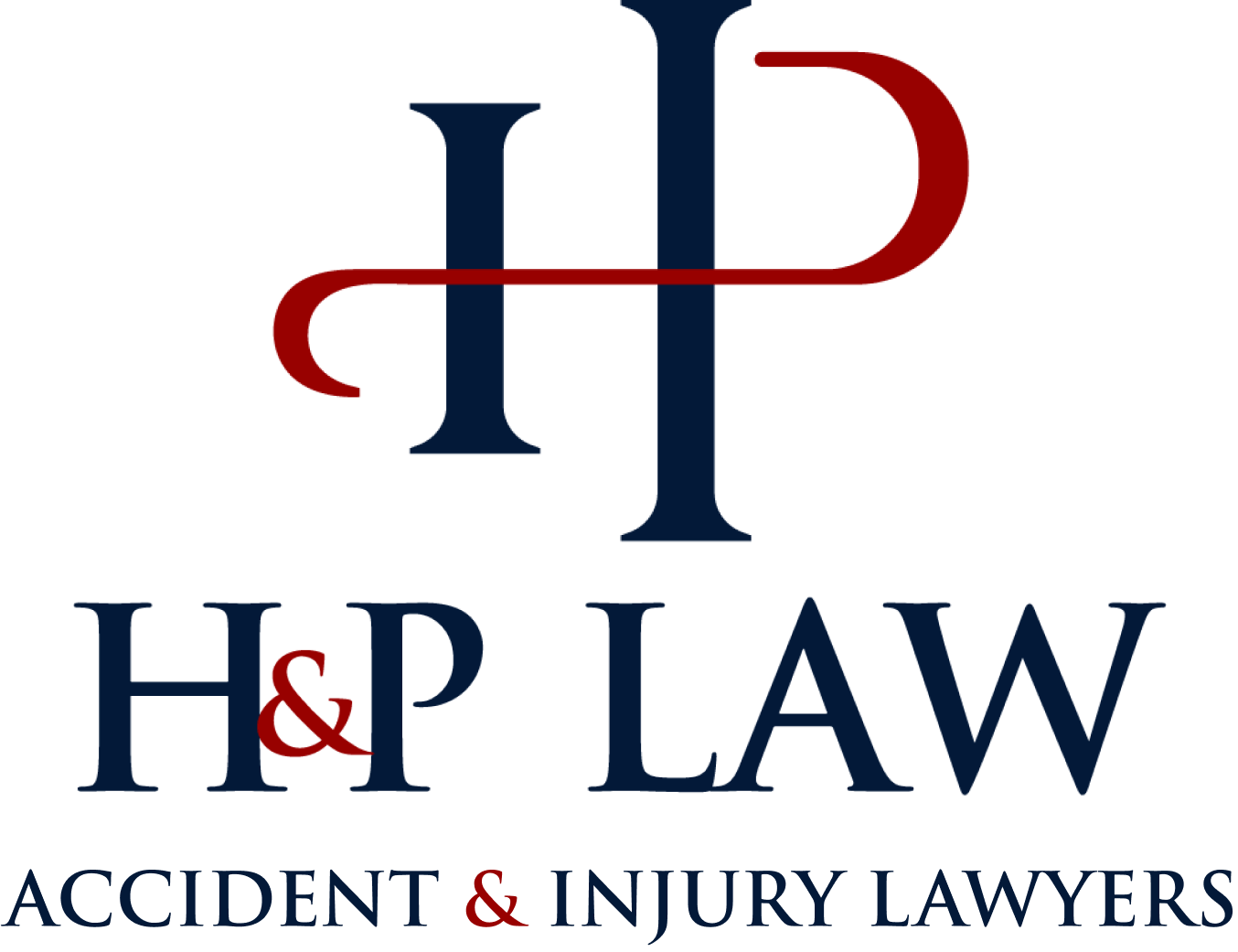People get injured everyday, and in some cases, those injuries are a result of someone else’s actions or inactions. In others, you’ve got no one but yourself to blame. As a personal injury law firm, we help people every day to hold others accountable for the injuries they cause. However, in some cases, people are surprised to find out that they cannot hold someone else accountable.
If you are unsure who is responsible for your injuries, talk to an experienced Las Vegas personal injury lawyer.
As a general rule, everyone owes everyone else a duty to act reasonably. Sometimes those duties are written into our laws and ordinances. For example, building codes dictate how high handrails have to be installed and what the maximum height differential can be at a concrete expansion joint, traffic laws dictate maximum speeds, and city ordinances specify when you have to fence in your pool. When someone breaches their duty, meaning they either act unreasonably or they violate a code, statute, or ordinance designed to protect people, and that breach causes injuries, they can be held liable for their injuries. That’s what we call negligence.
If you are injured and believe someone else is responsible, the first thing the accused is going to do is try to claim that they didn’t act unreasonably, or they didn’t violate any codes, ordinances or statues, or otherwise rebut one of the elements of negligence. These are defenses to a claim, and because the injured bears the burden of proof, if the defendant can rebut even one of these elements, the defendant wins.
For example, if the defendant establishes that the plaintiff assumed the risk of harm—meaning that the plaintiff was engaged in a behavior, the risk of which was obvious and accepted by the plaintiff, then he has successfully rebutted the claim that he owed the plaintiff a duty, and the plaintiff cannot recover.
Other defenses comparative negligence and the open-and-obvious doctrine.
Comparative Negligence
If an injury is caused in a way that both the defendant and the plaintiff were negligent, then the defendant may escape liability either partially or completely. For example, if the defendant runs a red light and hits you because you were speeding, you have both been driving negligently. In those scenarios, a defendant is entitled to a discount.
In that case, if a jury values your total injuries at $100,000, and determines that you were partially at fault, then the defendant will only have to pay the portion of the $100,000 attributable to him. So if he was 75% at fault, he will only have to pay $75,000. But there are limits to what a defendant will have to pay when a plaintiff is also at fault.
Nevada, which follows a modified comparative negligence standard, will not allow a plaintiff to recover anything if she is more at fault than the defendant (or defendants combined, if there is more than one). So if the plaintiff is between 0% and 50% at fault, she can still recover. If she is even 50.01% at fault, however, she gets nothing.
Open-and-Obvious Doctrine
The open-and-obvious doctrine applies in premises liability cases. Premises liability cases are a subset of negligence where the injury occurs as a result of a dangerous condition on someone else’s property.
When there is a dangerous condition that is either caused by or known to the landowner, or unknown but with the use of reasonable care should have been known, the landowner is responsible if it fails to remove or warn of the dangerous condition.
However, in some situations, where the dangerous condition is “open and obvious,” the landowner may be relieved of his duty in what is similar to an assumption of risk. However, if “the harm from the open and obvious hazard is readily foreseeable by the landowner and the landowner has reason to know that the visitor might not expect or be distracted from observing the hazard,”[1. Foster v. Costco Wholesale Corp., 128 Nev. Adv. Op. 71, 291 P.3d 150, 155 (2012).] the open-and-obvious doctrine will not relieve a landowner from its duty of care, and the landowner can still be held liable for injuries the dangerous condition causes to others.
If your injuries were caused by someone else’s negligence, you need aLas Vegas personal injury attorney who understands the law to make your case on your behalf. Call H & P today.




